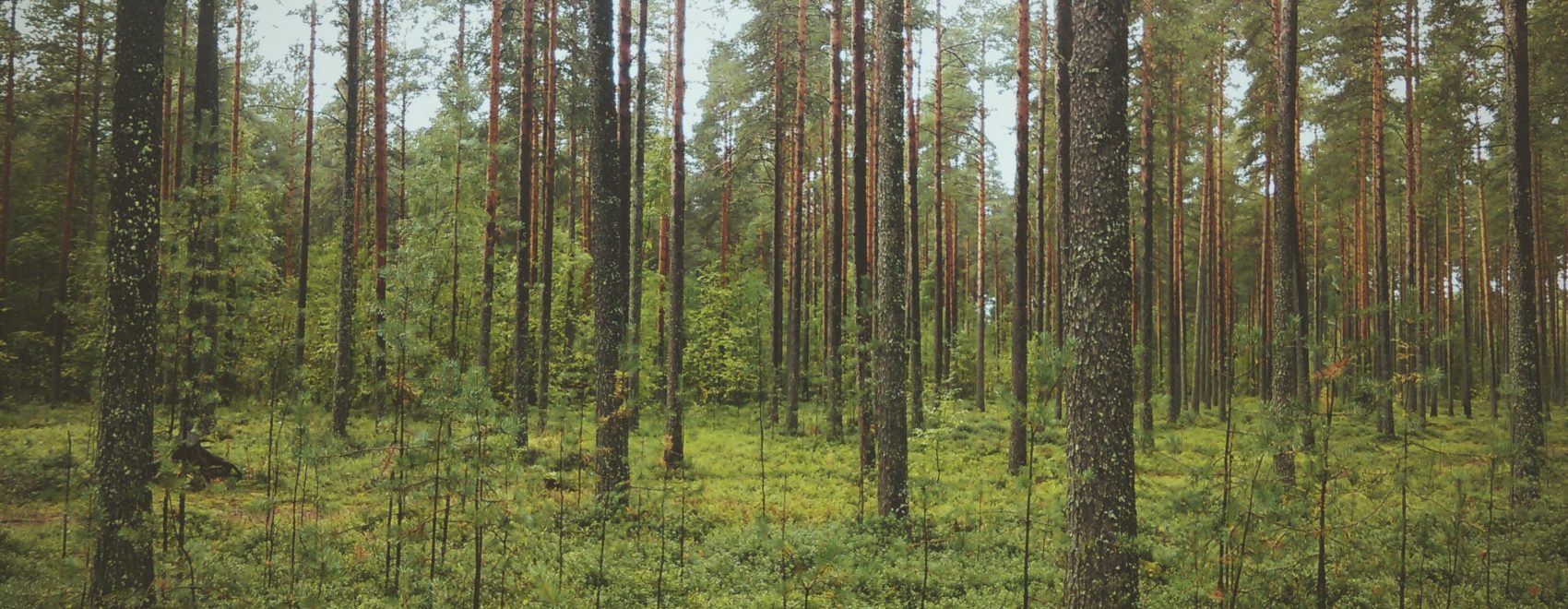Wildfires on public lands in the United States are increasing in size and frequency over time. Government agency post-fire treatments often include seeding of native and nonnative plant species; however, the effectiveness of post-fire seeding has been questioned, and while the importance of using native species has been emphasized, more research on the effects of native seeding post-fire is needed. We sought to understand what characteristics of vegetation communities distinguished burned and unburned areas, and if environmental characteristics of sites would predictably alter community composition.
Citation: Madeline N. Grant-Hoffman, Anna Lincoln, James Dollerschell “Post-Fire Native Seed Use in Western Colorado: A Look at Burned and Unburned Vegetation Communities,” Natural Areas Journal, 38(4), 286-297, (1 July 2018). https://doi.org/10.3375/043.038.0409

